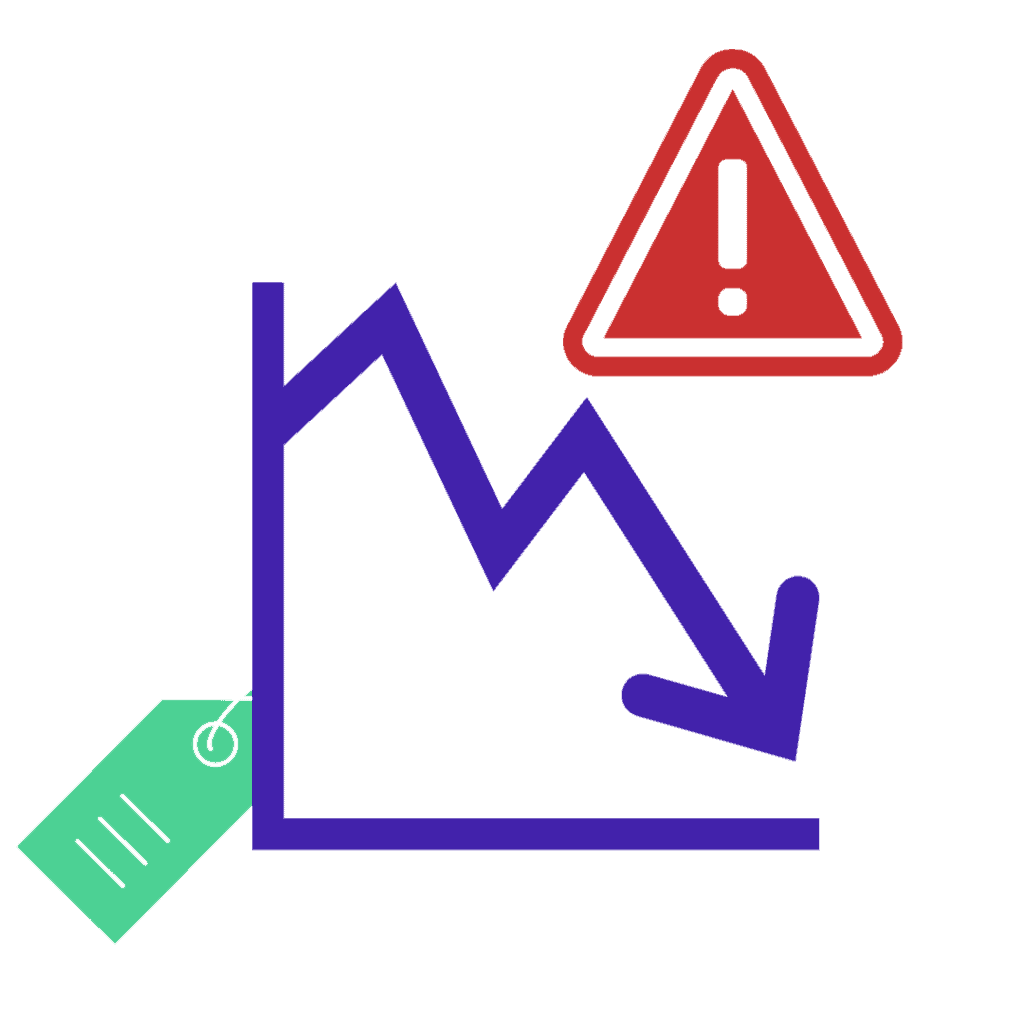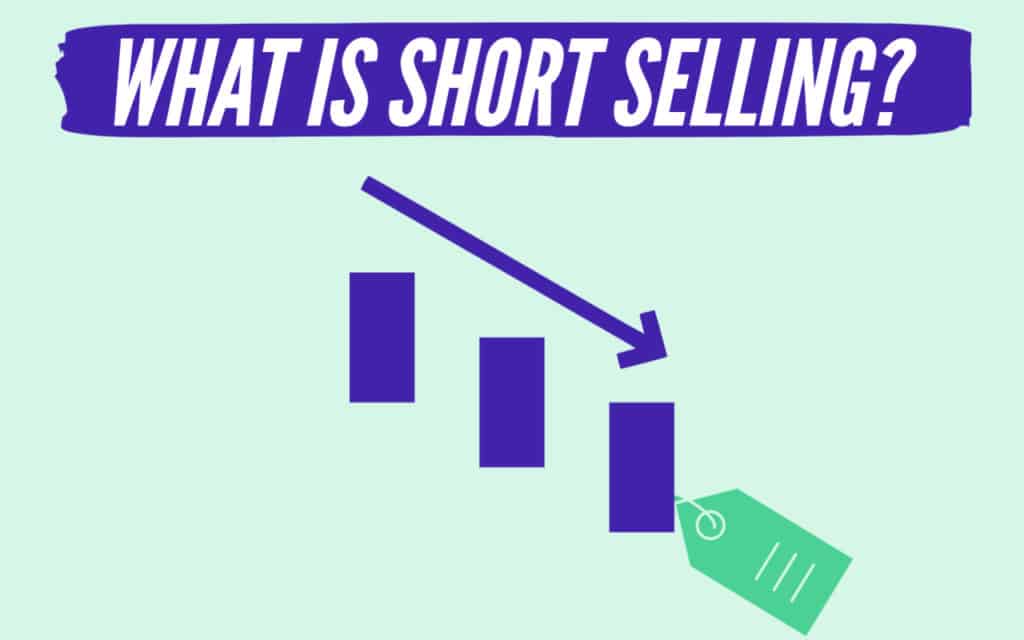What is short selling? – Short selling has long been a popular trading technique for hedge fund managers and speculators. Increasingly, however, individual investors are also taking the significant risk of losing capital and shorting a wide variety of stocks.
What is short selling?
Short selling or short sell is the sale of stocks that the seller does not own or has borrowed from a broker. The stocks are bought back at a later date and returned to the owner.
Investors use short selling when they think the price of a stock is going down. They need to be sure that if they sell the stock today, they will be able to buy it back later at a lower price. If that is the case, they make a profit on the difference of your sale and purchase. Short selling is often used as a speculative strategy. Other investors, on the other hand, only want to hedge their downside risk if they have long positions in their portfolio.
Are short sales allowed?
There are times when stock prices fall quickly and market risks are higher. This is when regulators usually step in and either restrict or ban the use of short selling until order is restored.
However, the extent to which such measures work is an open question among market participants and regulators.
Whether selling is allowed depends on the laws of your country and the type of short sale. Uncovered short selling has been prohibited in Germany since 2010 under Section 30 of the German Securities Trading Act (WpHG). Since 2012, this regulation applies to the entire EU.
An uncovered short sale is the sale of stock that the particular investor does not own or affirm that they can own (the existence of which has not been affirmatively established). This is because normally investors must borrow the particular security or establish that it can be borrowed before selling short.
Thus, a short selling in Germany is only possible if an investor borrows the stock from a broker, for example, and then sells it. If the stock then falls, you buy it at a lower price and return the security to its owner (in this case the broker). You keep the difference between the selling price and the buying price. Furthermore, any type of short selling can be restricted or prohibited for certain periods of time.
Learn more about the regulations in the US.
How to short stocks?
- Pick a stock you want to short.
- Make sure you have a margin account with your broker and have the necessary permissions to open a short position.
- Enter your short sale order for the appropriate number of stocks. Once you submit the order, the broker will lend you the stocks and sell them on the open market on your behalf.
- At some point, the short position must be closed and the stocks repurchased. The borrowed stocks are returned to the broker.
- If the price has fallen during this period, the stocks can be bought back at a lower price. The difference is your profit. If the price has risen during this period, the repurchase costs more and you have made a loss.
Risks of short selling
Short selling exposes you to potentially high financial risk. If the price of a shorted position shoots up, the stock must be bought back quickly. If this happens too late, you suffer a loss.
After all, one should not simply assume that the stock can be bought back at any time at a desired price. For example, it may happen that no one sells the stock. In addition, there may be too many buyers who, due to a large number of further short sales, now buy stocks at a low price.

In addition, losses on short selling are virtually unlimited. When you buy a stock, you can never lose more than your invested capital. However, if you short a stock at 100€ and the value increases tenfold, it will cost you 1000€ to buy back and close the position. And since the value of a stock can increase almost „indefinitely“, there is no limit to the amount of money you can lose – without hedging.
What is a short squeeze?
A short squeeze is a phenomenon in the financial markets caused by short selling and buying pressure. A sharp rise in the price of a stock forces traders who have previously sold short to close their positions. The buying pressure thus forces the short sellers out of the market.
A short squeeze usually leads to a further rise in the stock price and forces more short sellers to cover their positions. This is because traders who previously sold short now have to buy back as quickly as possible in order not to suffer high losses. This makes the buying pressure in the market even stronger, which causes the price of the stock to rise further.
An example of this is this year’s largest short squeeze of Gamestop stock (GME), whose price shot through the roof in a very short period of time due to the battle between retail investors and hedge funds. Here, the mass of buying retail investors, united through platforms like the Reddit community, ensured that hedge funds had to cover their short sold positions through buybacks.
If you’re faced with the decision of whether to start investing, also read our post „Why Buy Stocks?„. Here we give you 8 reasons to start investing.

